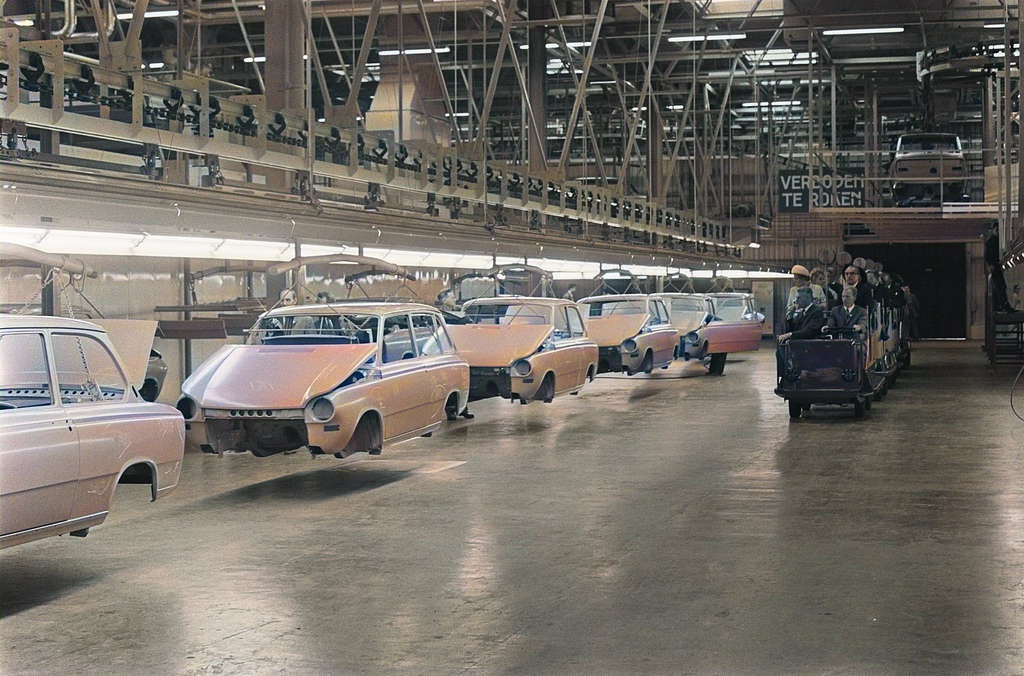During the early 1960s, Roy Helfgott (a labor economist on the IRC staff), proposed that we seek a grant from one of the major foundations to study the extent to which organizations were modifying manufacturing operations and adopting new automation technologies. We were successful in getting a major grant from the Ford Foundation and supplemented these funds with money from some 30 companies, which allowed Helfgott and me to visit 36 plant operations and review automation in practice. This work resulted in the book, Management, Automation, and People, published in 1964.
This study disclosed the quiet revolution that was starting to remake manufacturing in many industries. At the time it was revolutionary to see automobiles being assembled with very few human workers in sight on an assembly line. While there are differences, a look back at the automation taking place in the early 1960s might reveal that it was very similar to what is now the early days of robotization taking place in industry. In our preface to that earlier study, my then colleague and I wrote, “At this very moment, technological change is taking place within every progressive economic entity in the United States. Where this change is dramatic, it is referred to as ‘automation.’ In these situations, computers and other advanced electronic systems are installed to regulate workday processes. They methodize the mixing of batter and the shaping of crackers and biscuits in large modern bakeries, the many involved operations within petrochemical plants, the processing of steel in highly integrated mills, and the myriad recording and accounting transactions of banks and insurance companies.”
That study and others are essential if we are to keep up with the changes that will continue in the future. Managers and workers must understand that new technology not only changes how work is done but how a company can remain profitable in dealing with challenges ahead. Rockefeller’s IRC charter spoke to advancing the art and practice of human relations in the world of work, and as that world will absorb more and more technology, there is a need to move apace with those changes. It is critically important to remember where we have been and where we may need to go in the future, for change persists. And for the future, it is hard to believe that artificial intelligence will not follow a similar path to automation’s, but with a greater impact on economics and also on work.
(Image courtesy of Nationaal Archief, colorized with IMG2GO.com)

